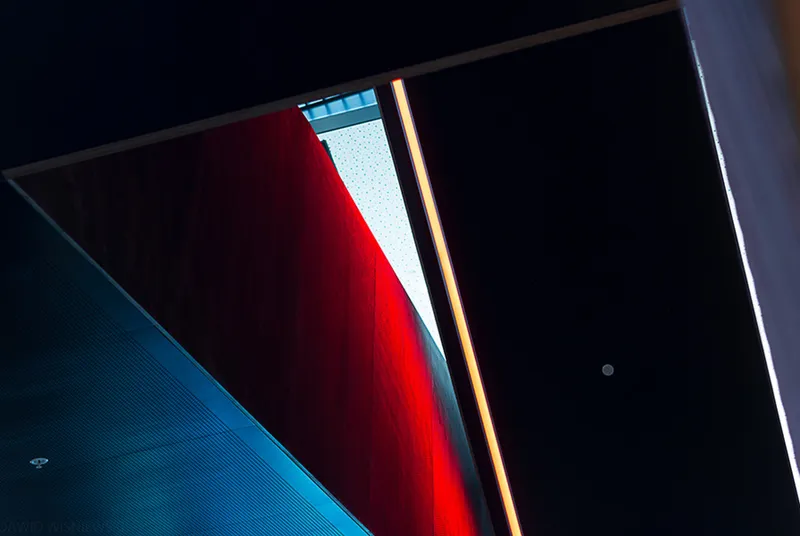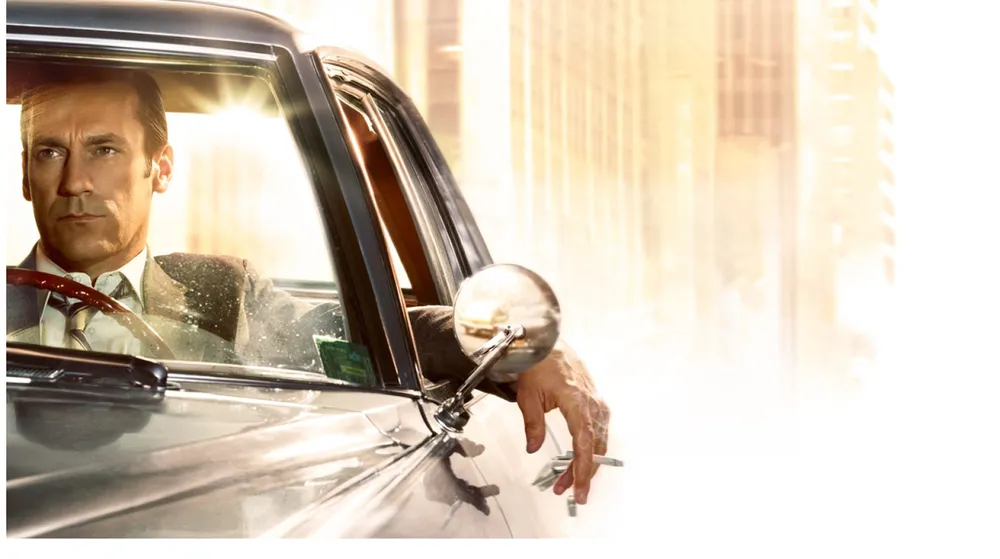NewsPerspectives
The Invisible Hand

Designers are infatuated with the idea of the ‘idea’. On the face of it, such love-sick obsession seems reasonable. The idea is, after all, the single biggest asset in their repertoire. If you look beyond the usual suspects for a good one – one that is specific, relevant, but also new and fresh, it can drive a project and its narrative. The Holy Grail, of course, that which we are all in dogged pursuit of, is an ‘original’ idea. Given the availability and exposure of information in today's fully connected society, it is difficult to find unprecedented ideas.
At college, my fellow students and I would jealously guard our ‘great’ ideas. We wanted to be unique, the creative centre of the universe. We imagined that was what it meant to be a successful designer. No wonder we were so afraid of failing. That naïve perspective is dangerous when you venture out into a world where other people invest their trust in your creativity. The best ideas never grow wings if they are held close like a precious object.

“The greatest trick the devil ever pulled was convincing the world he did not exist.”
That line from the 90s cult classic The Usual Suspects, is uttered by the psychologically dark character Keyser Soze, who is played with inimitable professionalism by actor Kevin Spacey. Soze was an enigma, a character who steered the scene-by-scene action, deftly, but without intrusion. This uncommon skill, orchestrating a project minus any imposition, is one that business leaders use all the time. But in the arena of spatial and interior design, where people are employed for their singular ‘vision’, is this still relevant? Is an invisibility cloak just as essential to the sartorial tool-bag?